A proper A380 vs 747 comparison is something that I should’ve done a long time ago. These are the sunset years for both of these fine (albeit portly) commercial transports, and it’s a dang shame how the legacies of both came to an abrupt end during the course of 2020.
Even though many will never to fly on either of these two aircraft ever again, there’s nothing wrong with doing some deep-dive reminiscing about how both of these mega-airplanes are (and were) different from one another.
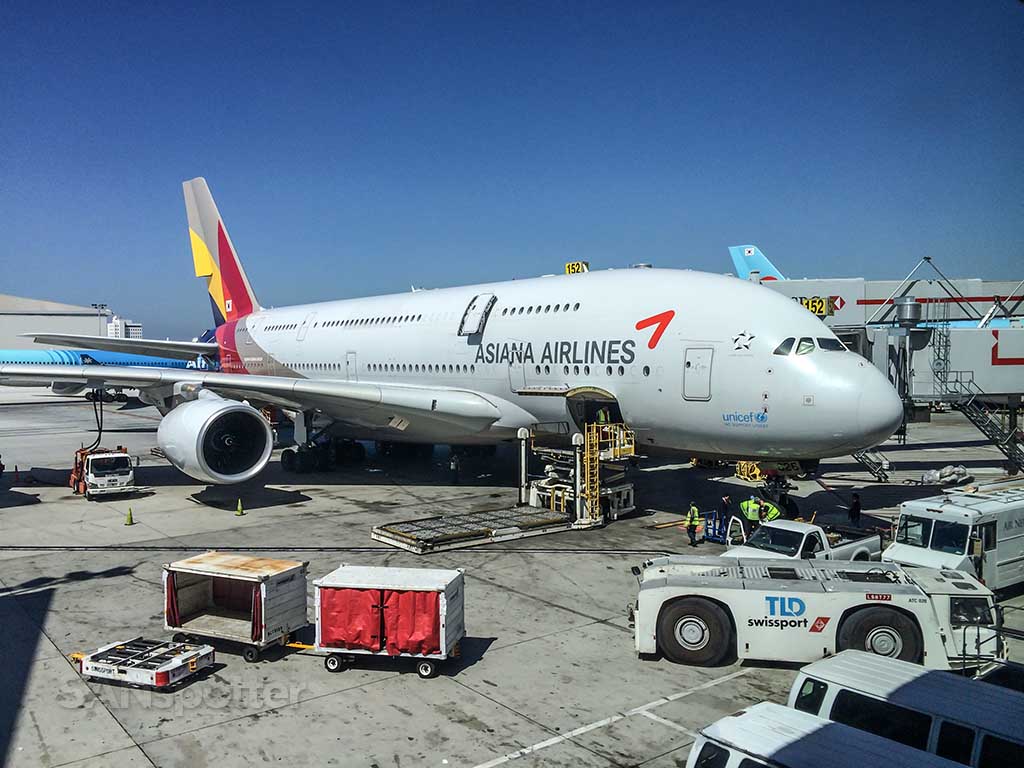
I’m going to base this A380 vs 747 comparison on my own personal experiences. This will be a breakdown of the two aircraft from a passengers perspective, with a deeper look into how both of them excelled (and failed) in all areas related to passenger experience. I’m going to try my best to prevent this from being just an AvGeek’s wet dream, but I’ve been known to venture wildly off track before…
A brief history of both aircraft
As much as I want to say that both the 747 and the A380 have a long and glamorous history, that isn’t exactly the case. At least for the A380. The Boeing 747 has been around for a much longer time than the A380, and the aircraft it evolved into towards the end of its life was very much different than the original one launched in 1969. But I’m getting ahead of myself here…
An oversimplified history of the Boeing 747
Launched into service in 1970 with Pan American World Airways, the Boeing 747 had actually started out as a concept for a military transport aircraft in the early 1960s. Boeing was in competition with Douglas, General Dynamics, Lockheed, and Martin Marietta for this government contract but ultimately lost. Realizing the potential capabilities of their design concept for commercial applications, the 747 was born.
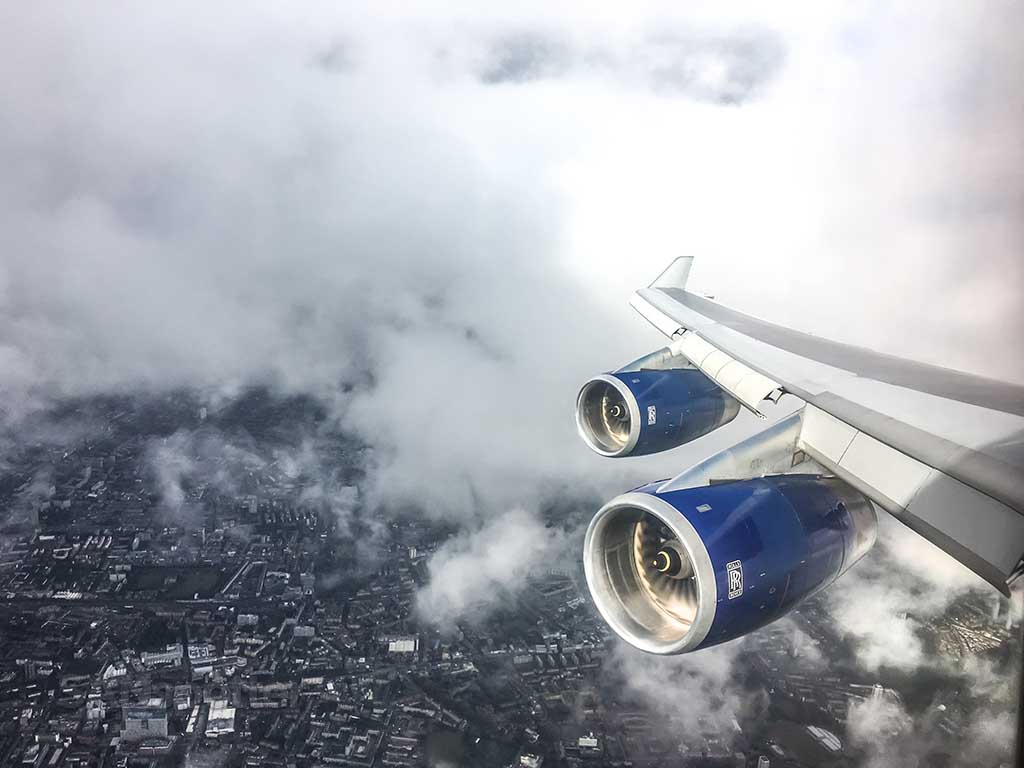
It was the world’s first twin-aisle airliner, although not the the first to feature a double-decker design. Flying boats such as the Boeing 314 Clipper and Dornier Do-X preceded it.
The Boeing 747 became one of the best selling airliners in history, with a total of 1,571 built and 1,557 delivered to customers.
An oversimplified history of the Airbus A380
Launched on October 25, 2007 with Singapore Airlines, the Airbus A380 is the worlds largest airliner. Most notably, there were only three aircraft that came before it featuring a full-length upper deck: the Breguet 761, 763, and 765. A total of 253 Airbus A380s have been built and delivered.
Many have criticized the A380 for being the “wrong aircraft at the wrong time”. I personally disagree, thinking that it’s the perfect aircraft for large airlines who have hubs in severely slot-restricted airports (British Airways and London Heathrow airport comes to mind). There aren’t many other airports in the world with slot restrictions as severe as LHR, but given enough time, that’s the direction this world is going. Population growth is exploding everywhere.
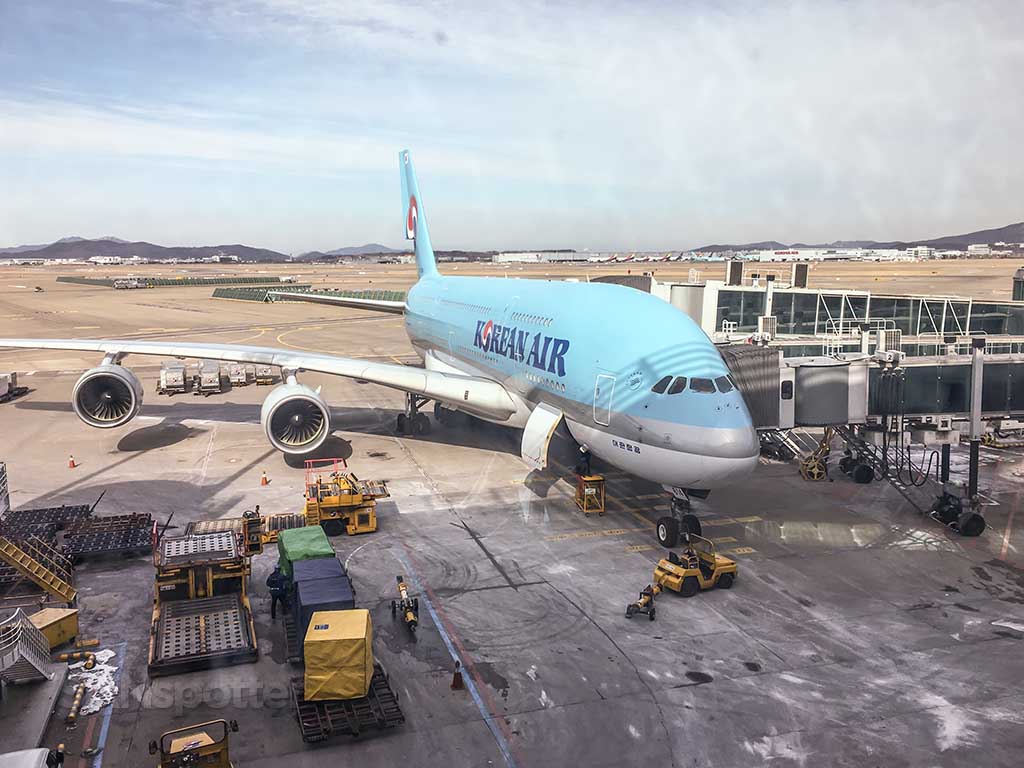
I consider the A380 to be ahead of its time. Unfortunately, because of the global pandemic caused by COVID-19 in early 2020, the demand for travel was completely reset and the need for ultra-large aircraft such as the A380 had been eliminated. At least for the next 10 to 20 years.
The A380 was a very good solution to a growing problem. It was also (unfortunately) the victim of a once in a lifetime pandemic which temporarily halted global travel.
Stepping onto (and off) the 747 vs the A380
If there’s one thing that both the 747 to A380 have in common, it’s the ability to fill passengers with excitement just before boarding. I hate to admit this, but I get so excited before boarding at 747 or A380 that I’m on the brink of blacking out (and I may have even forgotten my name a time or two). Yeah, these are special airplanes that invoke feelings that no 737 0r A320 ever could.
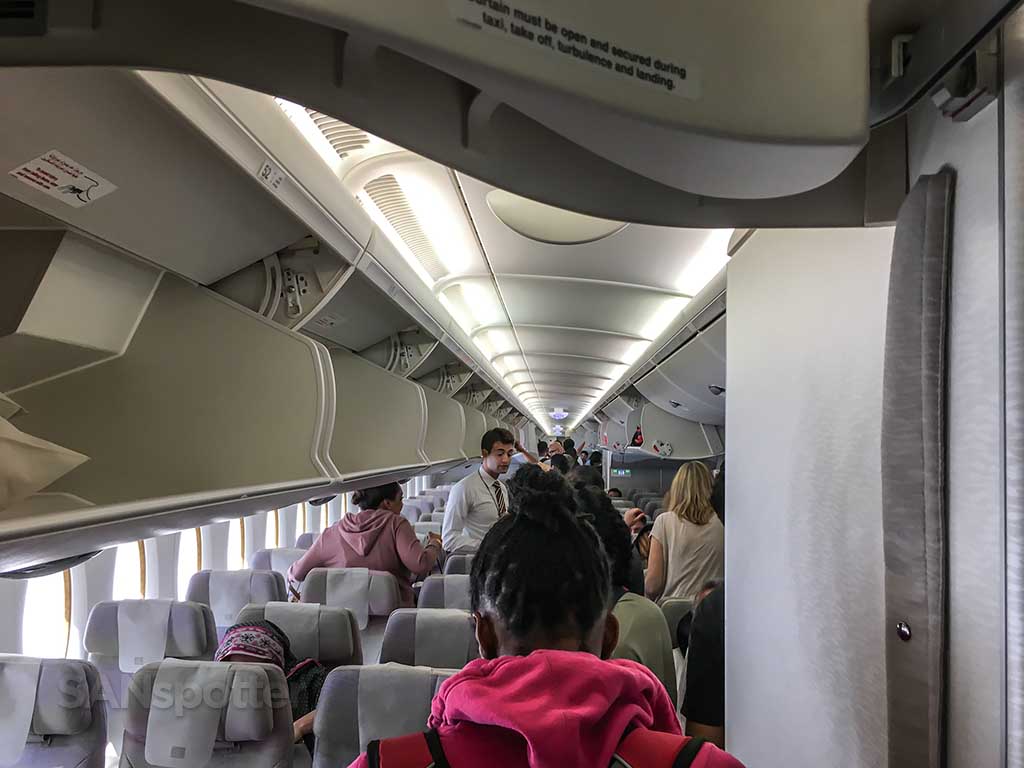
In terms of A380 vs 747 boarding processes, they were a little different. Let me explain…
- There were usually two jet bridges attached to the 747 during the boarding process. Even though the 747 is a double-decker aircraft, upper deck passengers still had to board via the main deck since there were no boarding doors on the upper deck. However, there were nearly always separate jet bridges for premium passengers vs economy passengers.
- The A380 boarding process is a lot more rowdy (and I mean that in the most respectfully fun way of course). There can be up to 3 jet bridges attached to an Airbus A380 during the boarding process (one on the upper deck and two on the lower). However, in my experience, there are usually just two. The third one (when it happens) is usually reserved for premium passengers only.
Which is the better airplane to board?
It depends. The A380 vs 747 boarding process is vastly different depending on which airlines are involved, because each airline configures their aircraft differently. If I am an economy passenger, I prefer boarding the A380 because of all the different jet bridges involved. It’s a really neat experience to be able to walk down a jet bridge and then have to choose one of up to three doors to get to the airplane.
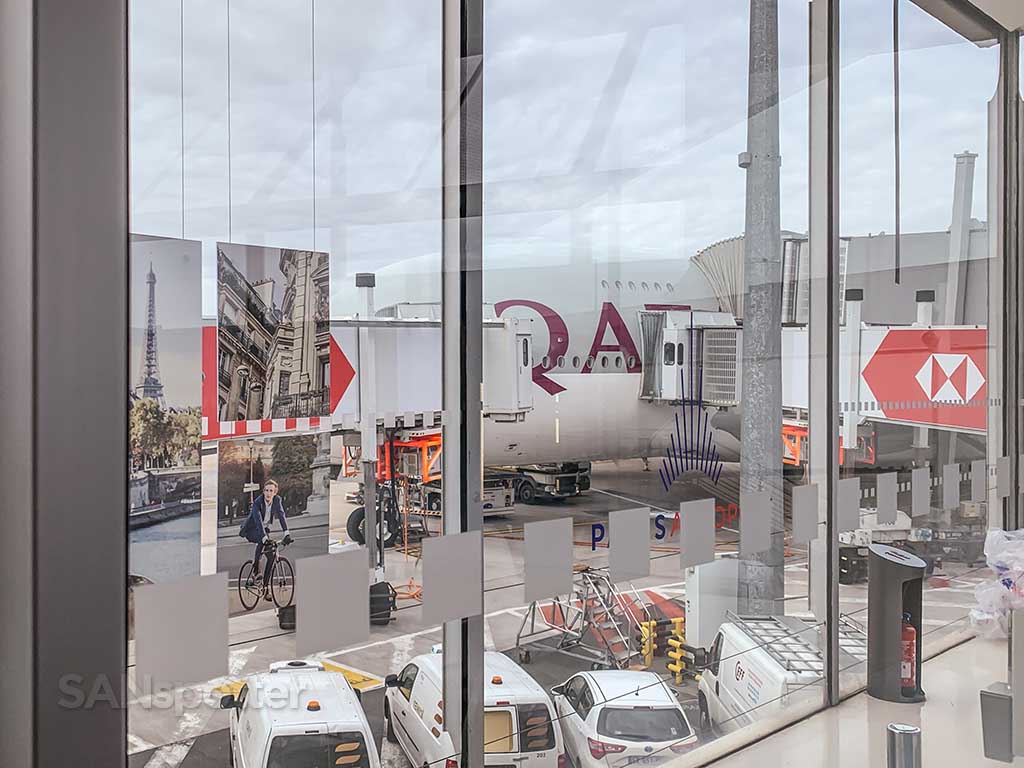
On the other hand, I prefer boarding the 747 if I’m a premium passenger on the upper deck. Yes, upper deck passengers have to board the other main deck, but it’s especially fun because you’ll get to use the stairs on the inside of the aircraft to get to the top. I’ve done it a few times, and I can tell you from experience that it’s a special travel moment unlike anything else.
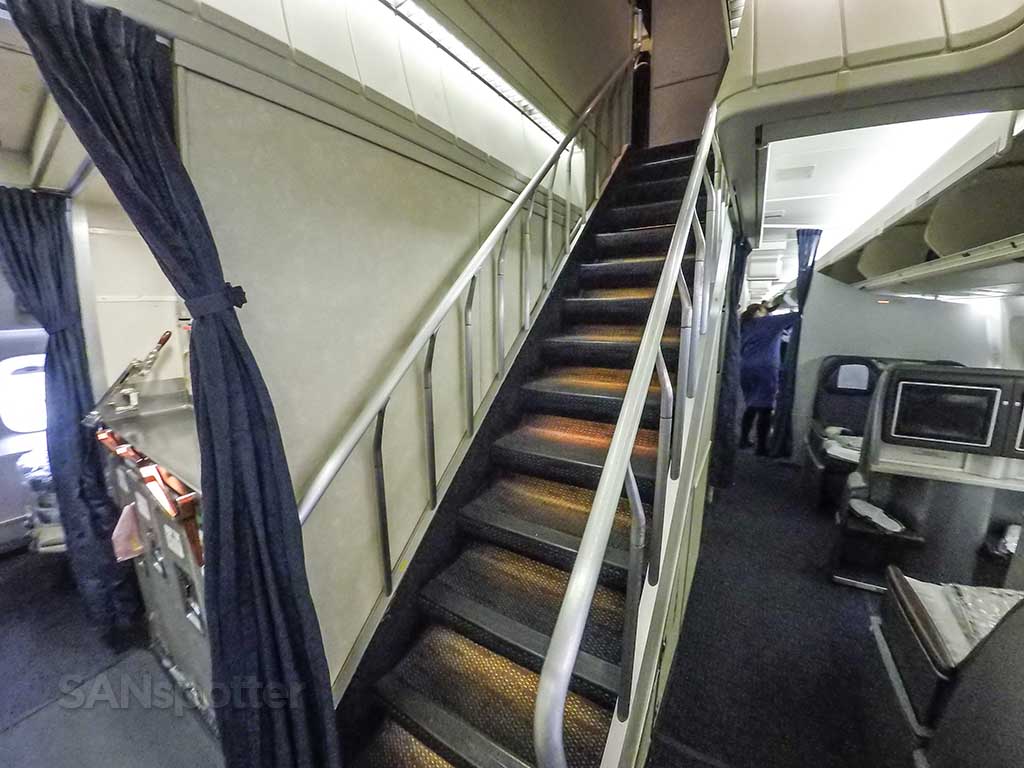
Which is the better airplane to…uh…deplane?
Having to step off a 747 or A380 at the end of a long flight is never fun for true aviation geeks like me. Unless, of course, my seatmate was burping and scratching his balls the entire way to Hong Kong or something.
Anyway, I much prefer the A380 deplaning process over the 747. Yeah, it’s maximum chaos in either situation, but at least it’s more manageable with the additional jet bridges attached to anA380.
747 vs A380 cabin comfort
From a passenger’s perspective, this is potentially the most important component of the 747 vs A380 comparison. Most people don’t care about how an airplane looks or what its legacy holds. They just want to be comfy and arrive at their destination not dead. I can totally sympathize with that.
On a very high level (no pun intended), I find that is far more comfortable to fly on a A380 than a 747. Both are massively huge airplanes, but yet somehow the sheer size of the A380 makes it feel butter-smooth in the air compared to the 747.
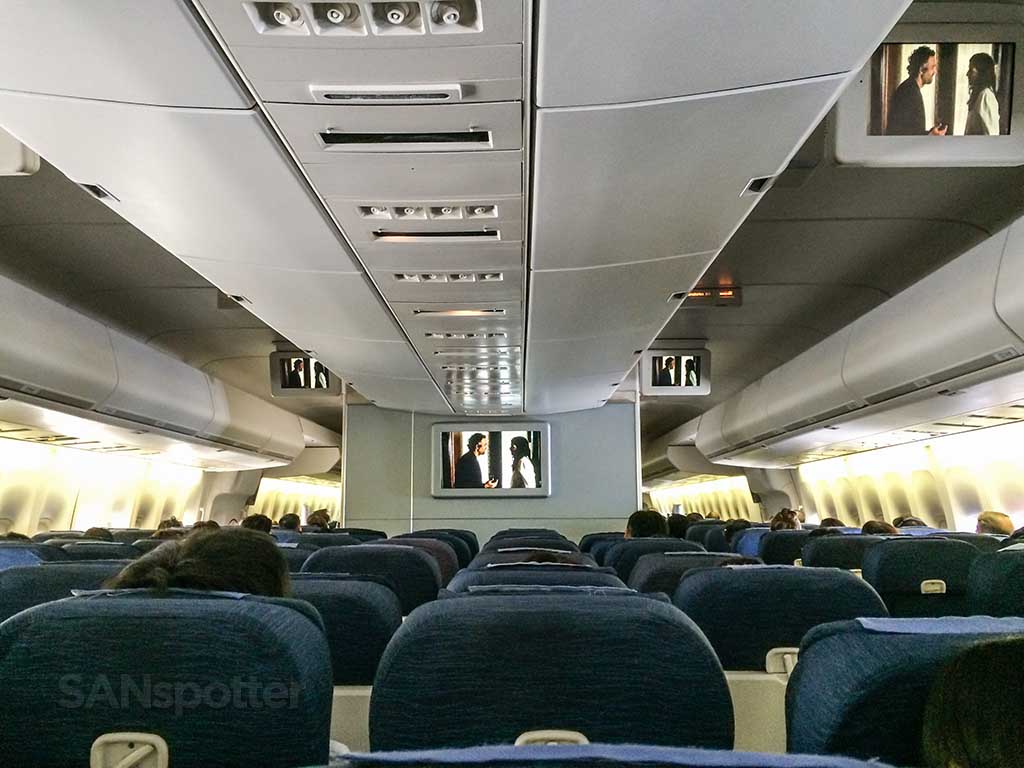
It’s hard to explain the feeling of being on an A380 in-flight, but perhaps the best way to describe it is like being on a large cruise ship in the middle of the ocean. It’s a big lumbering aircraft that feels slow and lazy, and that translates very well to overall passenger comfort.
Which aircraft is quieter?
The A380 is the quieter aircraft by far. Due to a combination of quieter engines and better insulation, the A380 is eerily quiet inside. It’s hard to imagine how quiet such a large aircraft can be. Especially one with four massive engines attached to the wings just outside your window.
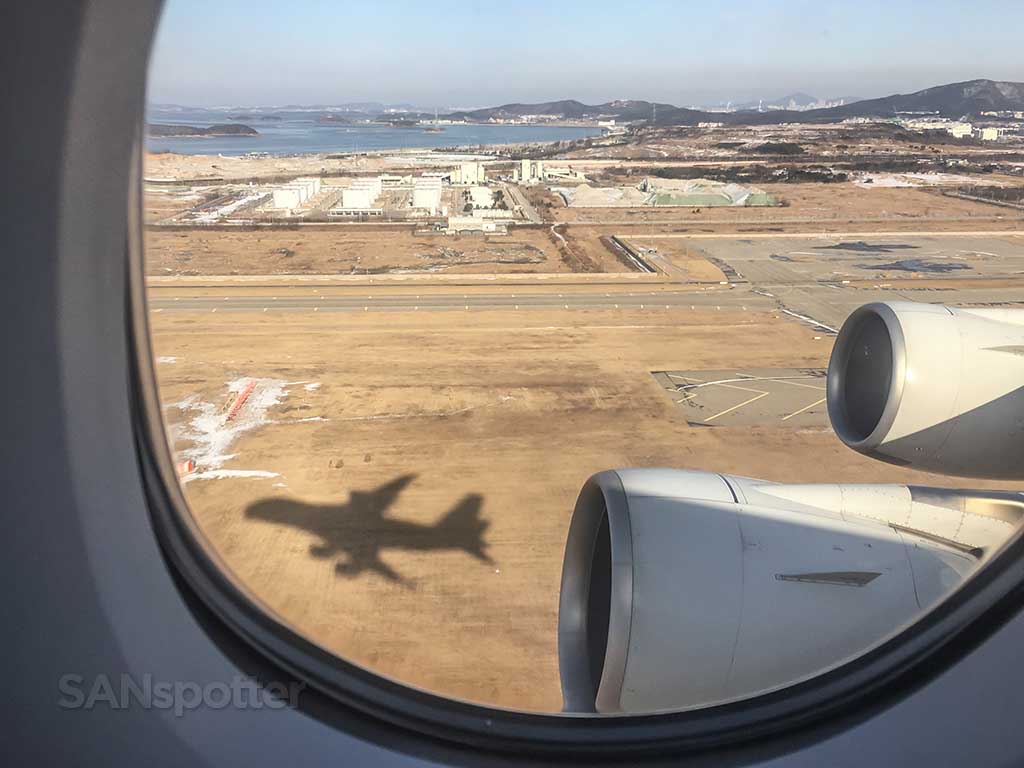
The 747 comes from an era when departing aircraft shattered windows in homes surrounding the airport. It was totally normal and par for the course if you chose to live near an airport. However, it never really got away from that despite the advancements in engine technology over the years. It’s a very loud airplane both in and out.
To put all this in slightly better context, I can tell you that it’s not uncommon for me to end up with a ringing headache at the end of a long haul flight. Interestingly enough, I’ve never had that experience on A380. Well, except for that Asiana A380 business class flight from Los Angeles to Seoul a few years ago. The headache I experienced on that flight was 100% the fault of my giddy excitement for being on an A380. Yeah, the wine maybe had a bit to do with it as well.
Which aircraft has better humidity levels?
As you might expect, being a much more modern aircraft, the A380 is far more tolerable than the 747 when it comes to cabin humidity levels. My sinuses have dried up like the Sahara desert on every long-haul 747 flight that I’ve ever been on, but that hasn’t been the case with the A380.
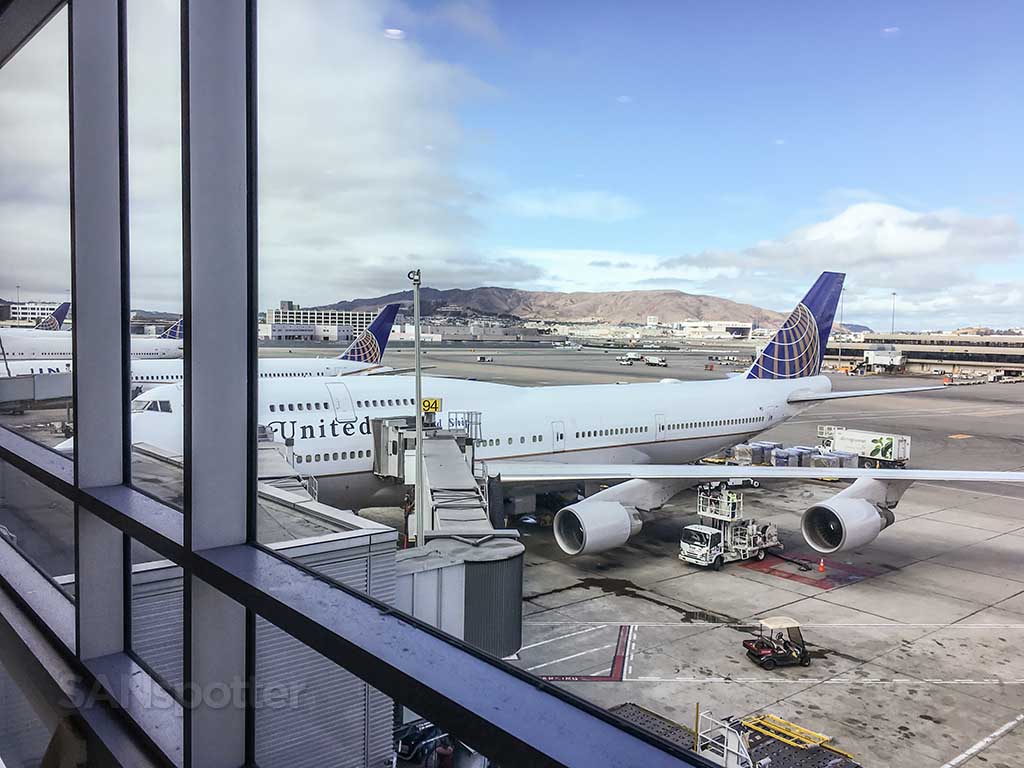
It’s only been recently that aircraft engineers have realized the importance of higher humidity levels for overall passenger comfort. Back in the 1960s (when the 747 was being designed) there likely wasn’t enough data to know that arriving at your destination with a head full of dried snot (that remained caked in your head for days afterwards) is an inconvenient feeling.
Can you imagine what it must’ve been like to deal with that along with an annoying guy sitting next to you scratching his balls and burping all the way to Hong Kong? It must’ve been hell.
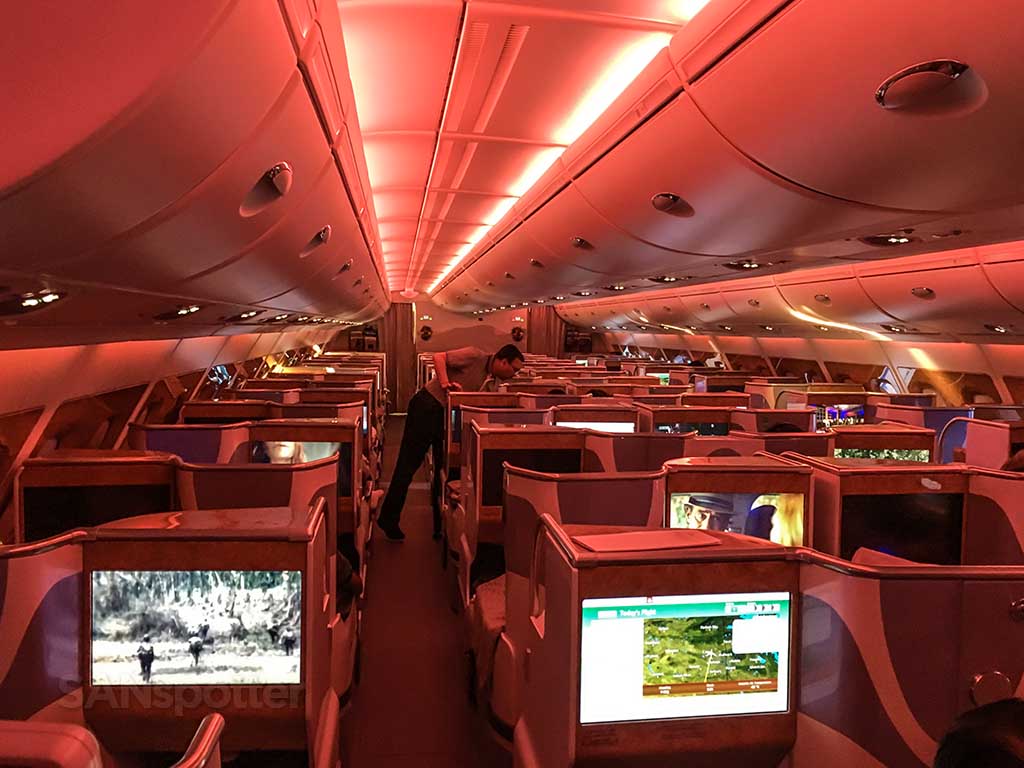
For those of you looking for more information, I recommend reading this article about aircraft cabin humidity from Aviation Business News. It does a pretty good job of explaining how humidity makes a huge difference in terms of overall passenger comfort.
A380 vs 747 turbulence
As I mentioned earlier, one of the best characteristics of the Airbus A380 is its size. It’s so big and heavy that it can cut through choppy air with far more ease than a 747 can. Just like how a 747 is far smoother than 737 because of its size, the A380 takes it to a whole new level. There’s a pun in that last sentence, I’m sure…
747 turbulence characteristics
I’m not a rocket scientist, but I do know one thing from experience: sitting in the back of a 747 in extremely choppy air over the North Pacific ocean in the middle of the night is an incredibly scary experience.
I don’t have any hard facts and figures to back this up, but if I rely on my long history of flying all different types of aircraft all over the world, I can tell you that the 747 doesn’t feel as solid as the A380 does. Whereas the 747 feels like a machine built from many parts and pieces, the A380 feels like one solid chunk of metal.
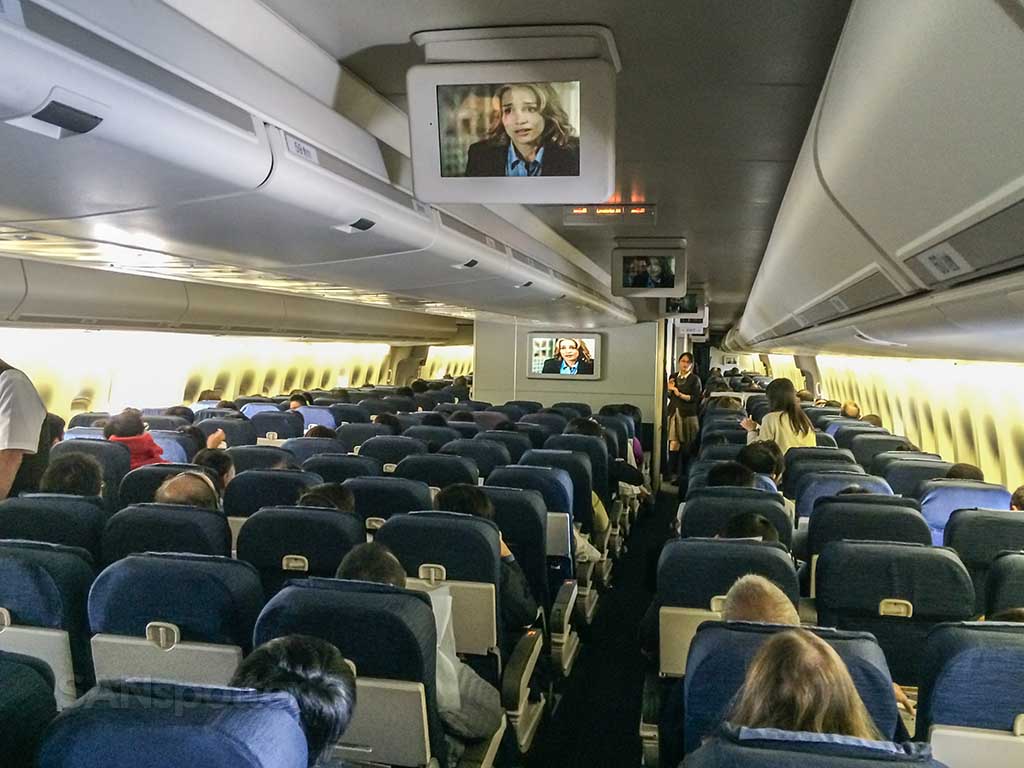
The 747 has a tendency to bend and flex in rough air. This is the especially apparent if you’re in the rear section of the aircraft (in choppy air over the North Pacific Ocean in the middle of the night). The wings and the 747 are very far forward, leaving the tail end of the bird hanging out exposed to the wind to be whipped around like a cat’s toy.
A380 turbulence characteristics
Yes, that’s exactly right. I referred to the A380 as a “solid chunk of metal” in that last paragraph. We all know that it’s built for millions of parts and pieces just like a 747 of course, but it just feels more solid and stable in turbulent air.
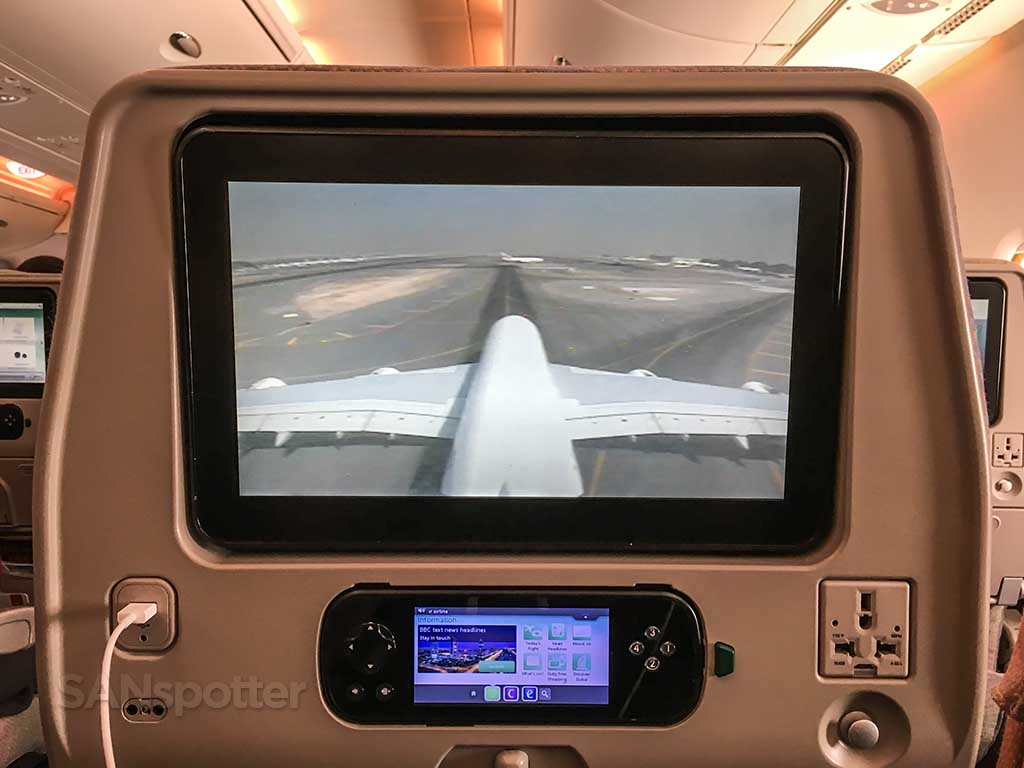
The “middle of the night / North North Pacific Ocean” reference I noted above is my gauge for this comparison. I’ve been in that situation multiple times on both of these aircraft, and the A380 was far more stable each time.
In the 747, I was clenching the armrests in fear that death was imminent (and this whole SANspotter gig was up). On the A380, it was more like a gentle rocking feeling which only encouraged me to like back, let go, and fall asleep.
Which of these two aircraft do flight attendants and cabin crew prefer?
It’s one thing to do an A380 vs 747 comparison for a passengers perspective. However, it doesn’t get serious until you get flight attendants and cabin crew involved. What do they think? Which aircraft do they prefer to work on? Because I’m not a flight attendant (and I couldn’t even begin to guess what they would say), I reached out to a handful of my cabin crew friends on Instagram:
- The vast majority far preferred the A380. This is because of the more modern and computerized infrastructure for controlling things like cabin lighting and temperature.
- In terms of galley layout and meal processing, the A380 has the edge as well. A380 galleys are much larger and better equipped than their 747 counterparts, and it’s far easier for them to work.
- The 747 had a slight advantage when it comes to serving passengers. The 747 is a smaller aircraft than the A380, which means having to spend less time in the aisles serving passengers. Interesting to note is that two of the cabin crew members I asked said that they prefer the A380 since cabin sections on the 747 are much larger.
The winner
Even though I’ve given the advantage to the Airbus A380 in this competition, it’s actually the 747 that I prefer. Yeah, she was getting old and crusty in her later years, but I didn’t mind a bit.
The 747 was the original jumbo jet. It was the largest and grandest of them all as I was just starting to explore the world in my younger years. I have many fond memories of the 747 – even the ones where I arrived at my destination with a head full of dried snot after sitting next to a guy burping and scratching his nuts for 14 hours straight.
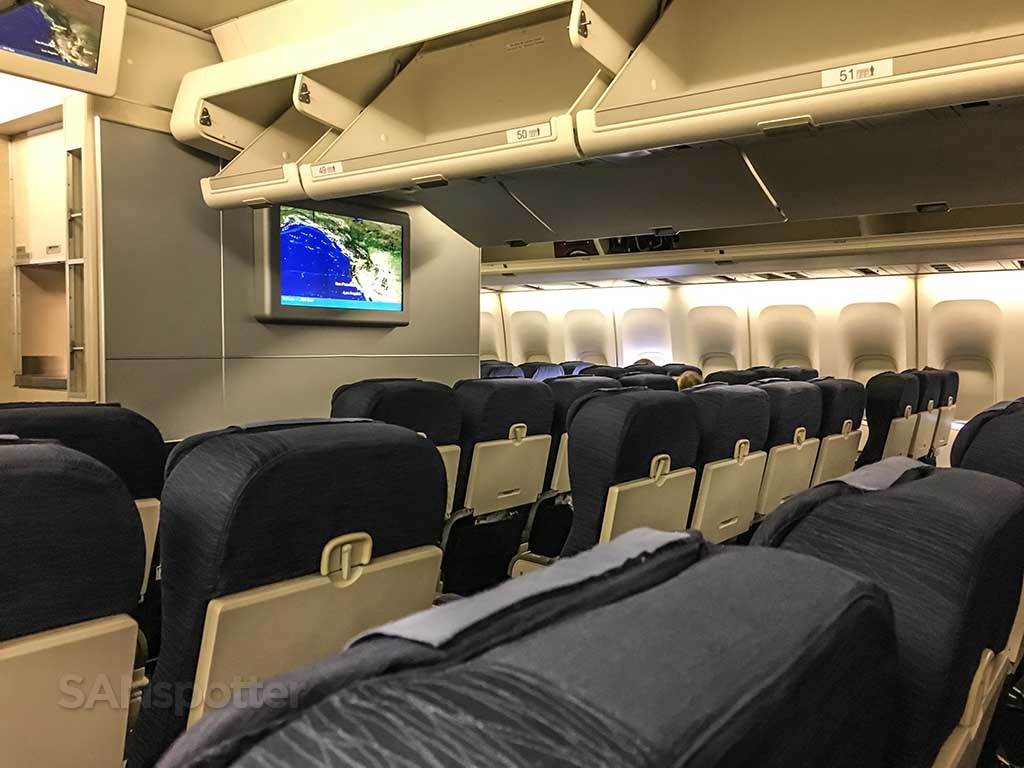
As much as I admire the A380, I just feel like it hasn’t been around long enough for me to build any sentimental attachment to. Yes, it’s a big and beautiful aircraft that fills me with giddy child-like excitement every time that I step onto one. However, it just doesn’t quite invoke the same feelings that I get when stepping onto a 747.
And with the 747 pretty much gone from the commercial aviation world, those memories will have to remain just that: happy, soul-stiring, snot-filled memories.
I wonder if the A380 will be around long enough to build up some sentimental attachment to? They are disappearing fast, so there’s no telling what the future will hold…

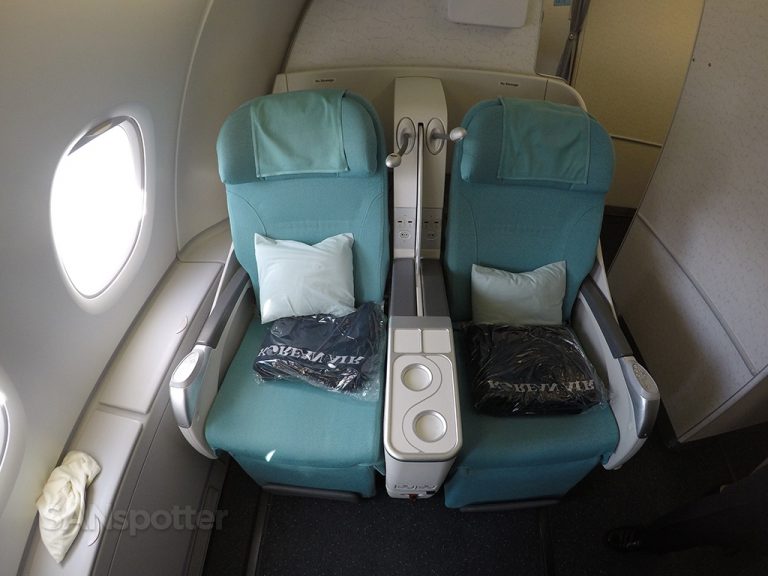
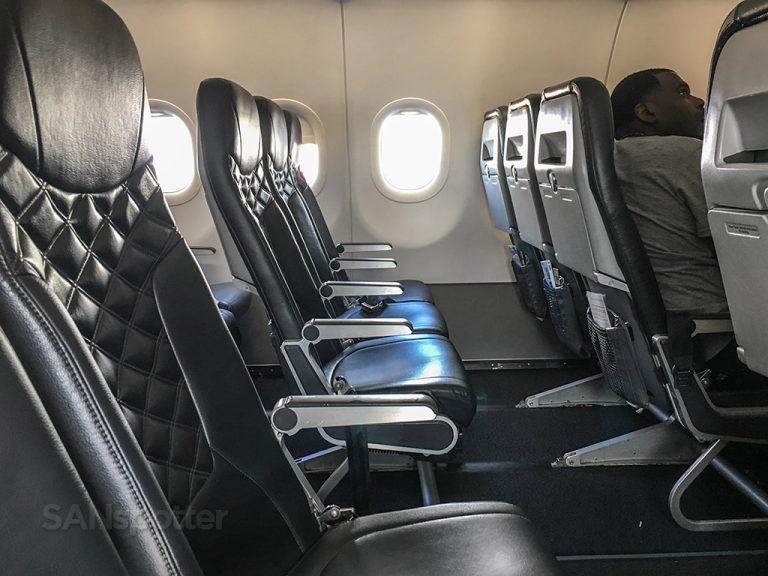
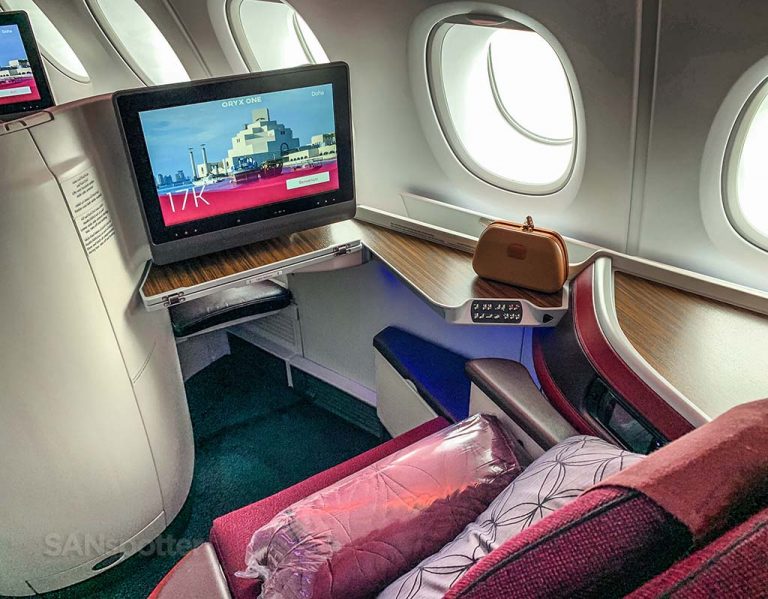
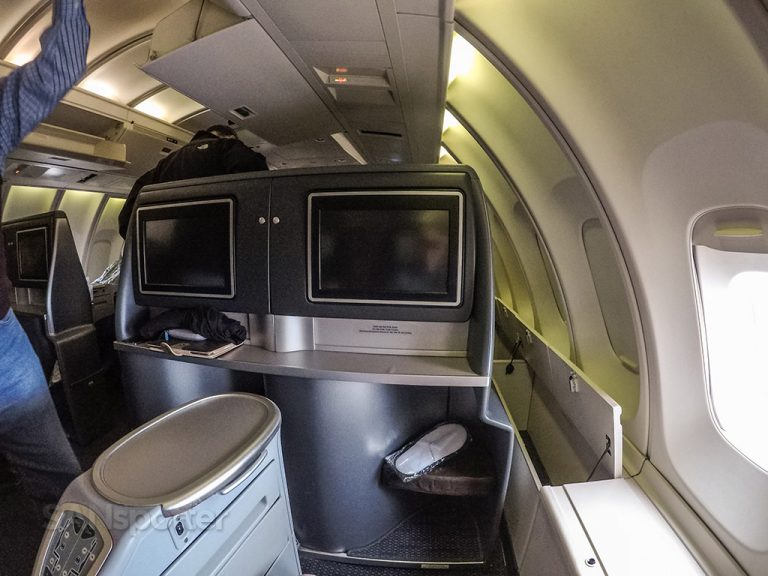
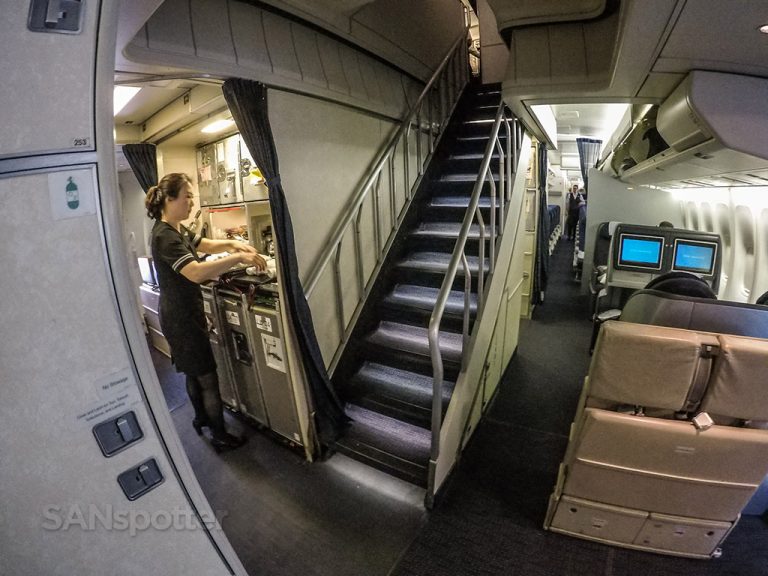
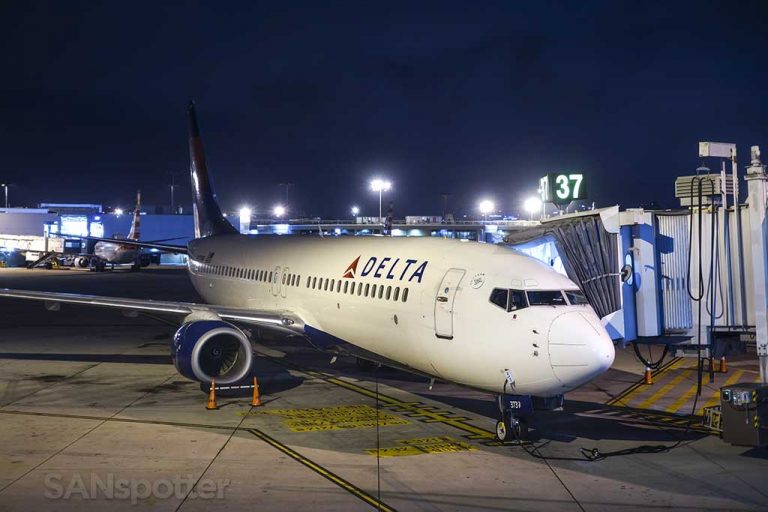
How is there the ability to attach 4 jetbridges to an A380?? I’ve never seen that before and I cant imagine it with how the doors are set up.
I swear I’ve seen this before – although it seems as if I may have totally imagined it. Haha! I just did a bit more research and it looks as if the maximum jet bridges is 3 for an A380 (2 is the most common).
It seems that you really miss the UA 747, and in particular its “main-screen entertainment” system. To be fair, it was kind of charming , no?
“Charming” is being too kind. Haha! I remember the first time I ever experienced one of those screens (it was on a DL L-1011 from ATL to MAD in 1997) and it seemed amazing to me at the time. Amazing how far we’ve come since then!
How I’d love to fly on the a380 before it flies one last time
You might need to hurry – they are disappearing fast!
I have a long history with the Airbus A380. Ever since 2014, I’ve been on the plane, and in my opinion, it is the best double decker plane out there. But, I would still try for the 747 because most airlines these days are retiring their 747s. The A380 is also slowly retiring, which is a huge thing for me. I hope I have some more time to fly on these aircraft in the near future!
Take any opportunity you can get, because those A380s are disappearing fast. I’m hoping to get on a bunch more before they are fully retired. Fingers crossed…
Well Scott, It is now March 2024 and I’m just now finding your great article on these two magnificent aircraft. I’m not a plane nerd like your good self however I have reasonably strong interest in all things tech. I absolutely delighted in reading your article on the two plane comparo here. I have travelled from home in Australia to America on an A380 (both ways) only once in my life. I have never been on a 747 Jumbo. They say you should never meet your heros and I suspect that ‘may’ be the case here, although you are certainly enamoured with the 747 I can see. Yes, ‘The Jumbo Jet’ seems to have been my hero as far as planes go, all through my life from the age of 10 (I’m now 63). It was 1971 when I first saw one in flight.
I was standing in the school yard in year 5 in Daceyville NSW. All the kids were playing normally when slowly everyone stopped what they were doing, stood still and started looking around – up to the sky mainly. The spookiest, unnatural sound was getting slowly louder. A sound that, at the time, probably would have been the province of a UFO invasion if anything – based on sci-fi movies of the era. Nobody knew what this ominous reverberating noise could possibly be.
Then, like an answer from heaven, we saw it. An absolutely giant silver and white ‘bird’ traversing the sky above us. It was a sparkling clear sunny day with sparse bright white fluffy clouds placed for perfect effect and this magnificent metal bird was thundering through the atmosphere like nothing we’d ever experienced. Absolutely everybody, including teachers, stopped in their tracks, mouths agape at this spectacle, and our heads followed from east to west until the MegaPlane was out of sight. Its FOUR ‘hard-to-believe-how-massive’ engines had carried this ‘glimpse of the future’ mechanical vision from our sight. The noise was sonorously powerful, befitting a Galaxy Class Starship from Star Trek. I was to find out later that the unique (back then) sound was due to the gigantic cutting edge Rolls Royce engines and their state of the art engineering. What a magnificent sound, sight and total experience for a 10 year old who was big into sci-fi at the time (and still is!). I’ll never forget it.
So Scott, this is why I so appreciated reading your impassioned story about these two giants of the skies. Alas, yes, it is now too late for me to fly 747. I rarely fly anywhere actually, unlike yourself. My travelling over the past decade, well, I was dragged along to do the trips before our young kids got too old to want to travel with daggy mum and dad so I bit the bullet and went to Disneyland and all the other necessary haunts kids and wives love. I’m not a traveller. Love holidays but not ‘travel’ as such. HOWEVER, if I was to have to ‘travel’ again I would most definitely be insisting on premium economy on an Airbus A380. Otherwise, I’m sorry, I won’t be travelling to far away countries. Thanks again for the escapism Scott, really enjoyed it and the memories! Cheers from Sydney Australia. 🙂
You’re very welcome Brian! This was a fun read – and very much similar to my own experiences as a child seeing the 747 in flight for the first time.
There are still opportunities to fly on the Queen, but they’re fading fast. Both Lufthansa and Korean Air operate the 747-8i, and I believe Asiana still has a few 747-400’s. You can still do it if you’re determined enough!
Oh, I should add – very happily, that only THIS WEEK in the press it was announced that more orders are flowing to Airbus for more A380s. Seems after the pandemic the world may be returning to its senses. Long live the ‘new’ Queen Of The Skies. Let’s hope! The Jumbo Jet would approve, methinks. Let’s hope!
Are you sure it wasn’t orders for the A350? Airbus suspended the A380 program a while back – and (despite all the begging and pleading from Emirates) there are no plans at the time of this writing to make more.
Fingers crossed that will change at some point…
You’re correct Scott, thanks for picking that up! I recalled what I read incorrectly. I went back to my source and it said the EXISTING A380s were flowing back into service as airlines, especially Emirates was finding they now suit the routes that the pandemic is over. Apparently there’s a mooted new model called the A380 ‘Neo’ that’s a ‘possibility’ for production but they need a bit of time yet to see if it is justified. Airbus is still way behind on profitability on the A380 project overall – unfair really and sad for such a magnificent and useful creation.
Yeah, it’s great that the airlines are starting to see a need for the A380 again! I thought for sure that the pandemic would’ve killed them dead.
I fully believe that Airbus will introduce a re-engined A380 at some point. Now is probably not the time for it, but I can see it happening within the next 5-10 years.